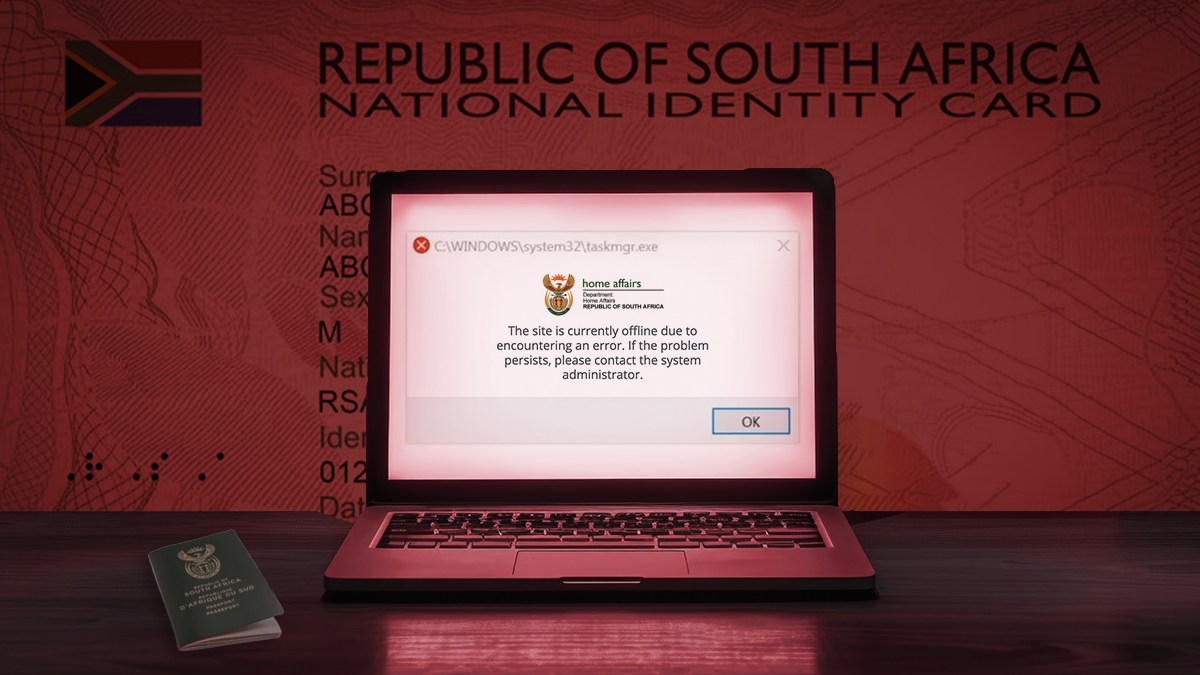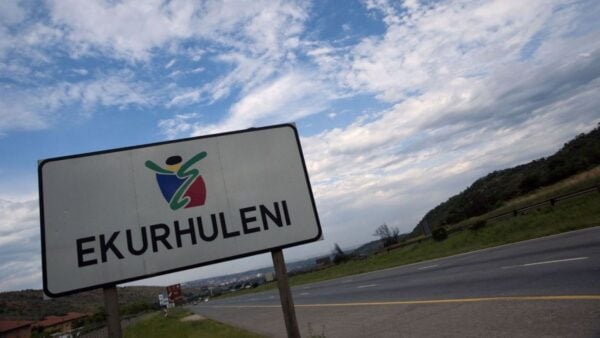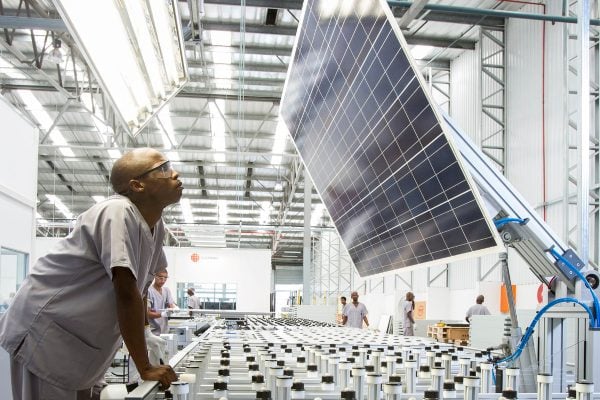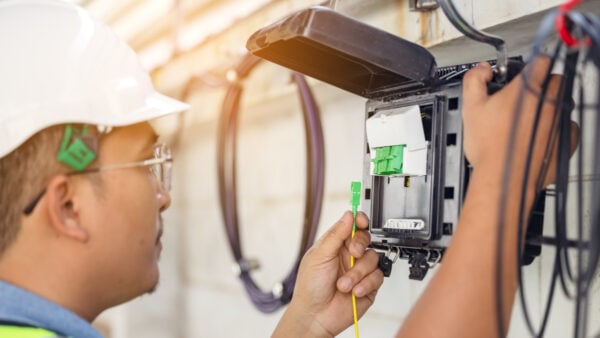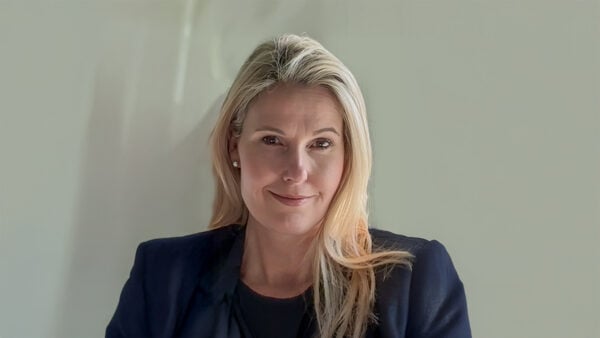Good news about cellphone towers in South Africa
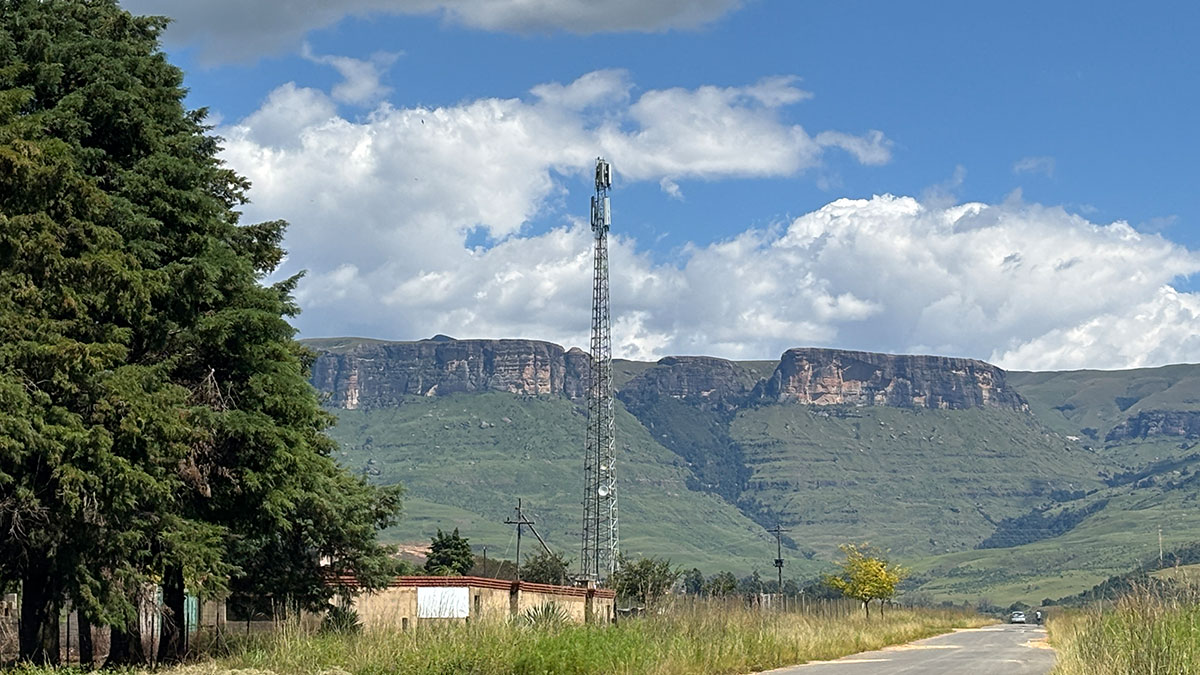
Dion George, minister of forestry, fisheries, and the environment, has unveiled a new National Web-Based Environmental Screening Tool, which he says will slash delays in environmental approvals for new infrastructure and renewable energy projects.
While the department didn’t specifically name mobile network infrastructure, De Rebus reports that environmental authorisation is required for cellphone towers or other sites that haven’t hosted such infrastructure.
It is also required for towers higher than 15 metres in specified locations such as community conservation areas and world heritage sites.
MyBroadband asked the Department of Forestry, Fisheries, and Environment (DFFE) about the tool’s potential impact on erecting mobile network towers and fibre infrastructure, but it didn’t immediately respond to our query.
“This instrument is a game-changer for South Africa,” said George.
The minister promised that the Environmental Screening Tool will “deliver real benefits” for South African communities.
“By slashing delays in environmental approvals, we’re paving the way for renewable energy projects, new infrastructure, and new industrial developments that create jobs and stimulate local economies,” he said.
“It’s about progress that people can feel — move opportunities, better services, and a cleaner environment.”
According to the DFFE, the tool empowers developers to seamlessly access proposed sites for environmental sensitivity by classifying areas from very high to low environmental impact.
“By identifying potential risks early, it allows project boundaries to be adjusted to avoid sensitive ecosystems, ensuring precision and accountability through Site Sensitivity Verification (SSV) and tailored protocols,” it says.
This allows for faster decision-making regarding projects such as renewable energy developments and infrastructure expansions.
The DFFE says the Environmental Screening Tool is already proving its worth in the renewable energy sector, having already processed over 3,000 applications.
“It identifies low-sensitivity sites — free from risks like avifauna or vulture collisions — enabling projects to move swiftly into the Renewable Energy Independent Power Producers Procurement Programme,” it said.
George said the tool has cut “months off project timelines” and removes the red tape holding back progress when it comes to South Africa’s green energy goals.
“In Renewable Energy Development Zones, where we’re turning disturbed land into hubs for green energy, this means quicker financial closes and more jobs in regions hungry for economic growth,” he added.
It uses extensive protocols over critical areas such as agriculture, biodiversity, and animal species.
“For fields like hydrology, visual impacts, or socio-economic studies, it integrates seamlessly with existing frameworks, maintaining rigorous standards while eliminating bureaucratic bottlenecks,” the DFFE said.
This means sustainable projects, like solar farms, wind turbines, new roads, and network infrastructure expansion, will reach communities faster, creating jobs in sectors like construction, maintenance, and supply chain.
The tool is fully operational under Regulation 16 of the National Environmental Management Act, Environment Impact Assessment (EIA) Regulations of 2014. It replaces Appendix 6 of the EIA regulations, where Gazetted.
Saving South Africa’s bird life
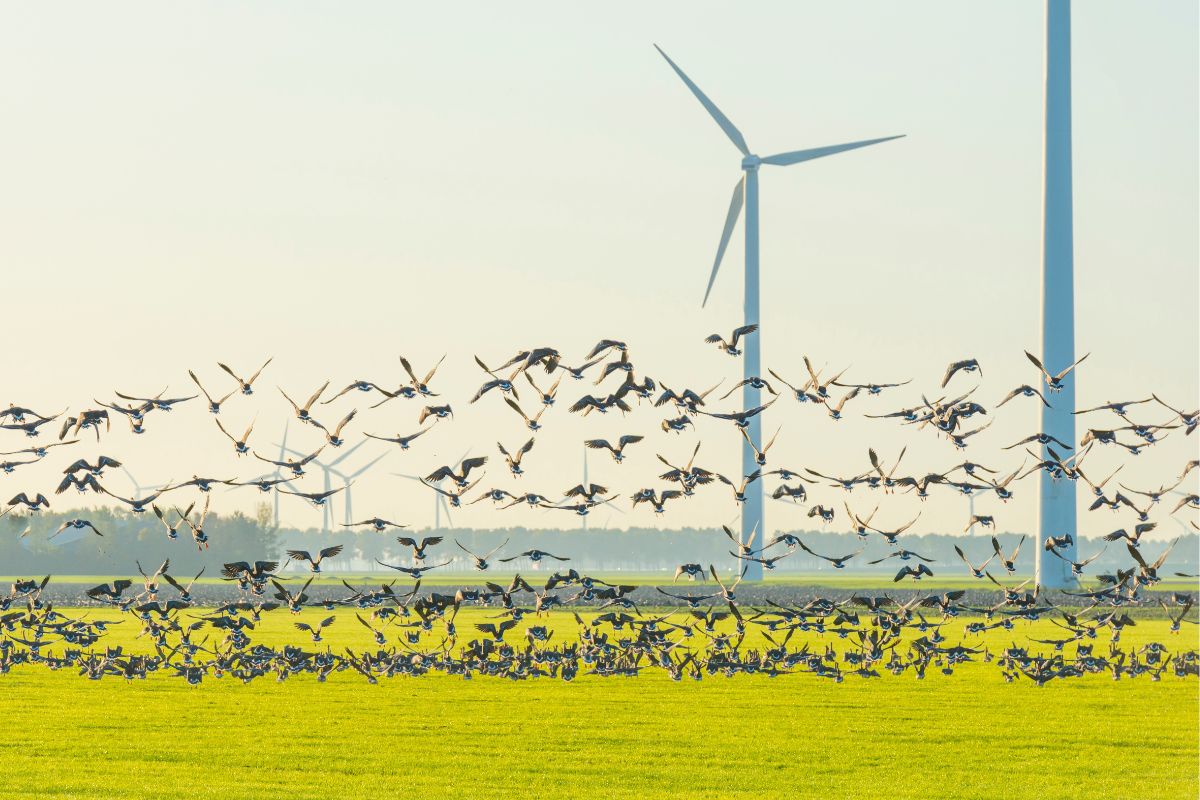
The new tool could help identify sites for wind farms where South Africa’s birdlife is less at risk.
In March 2025, BirdLife South Africa released a report on its assessment of 33 of the 35 wind farms in the country over the past eight years, which concluded in 2023.
During its assessment, BirdLife Africa found 2,444 dead birds from over 200 species, of which 10% were identified to be at-risk species.
South Africa currently has 1,421 wind turbines producing around 3,500MW of capacity and the plan is to increase this figure to 17,700MW by 2030.
The law mandates that wind farms in South Africa must have environmental management programmes that include monitoring bird deaths resulting from collisions with turbines.
This data must be presented to the DFFE and BirdLife South Africa. However, the latter reports that many wind farms fail to comply with these requirements, with two not providing any data.
BirdLife’s birds and renewable energy project manager, Samantha Ralston-Paton, said many wind farms are trying to abide by the regulations.
However, she noted that many “are getting away with all sorts of things”.
She singled out wind farms in the Eastern Cape as the most non-compliant with laws surrounding biodiversity impact reporting.

